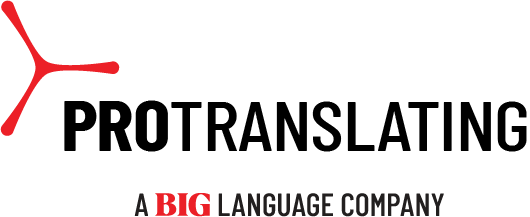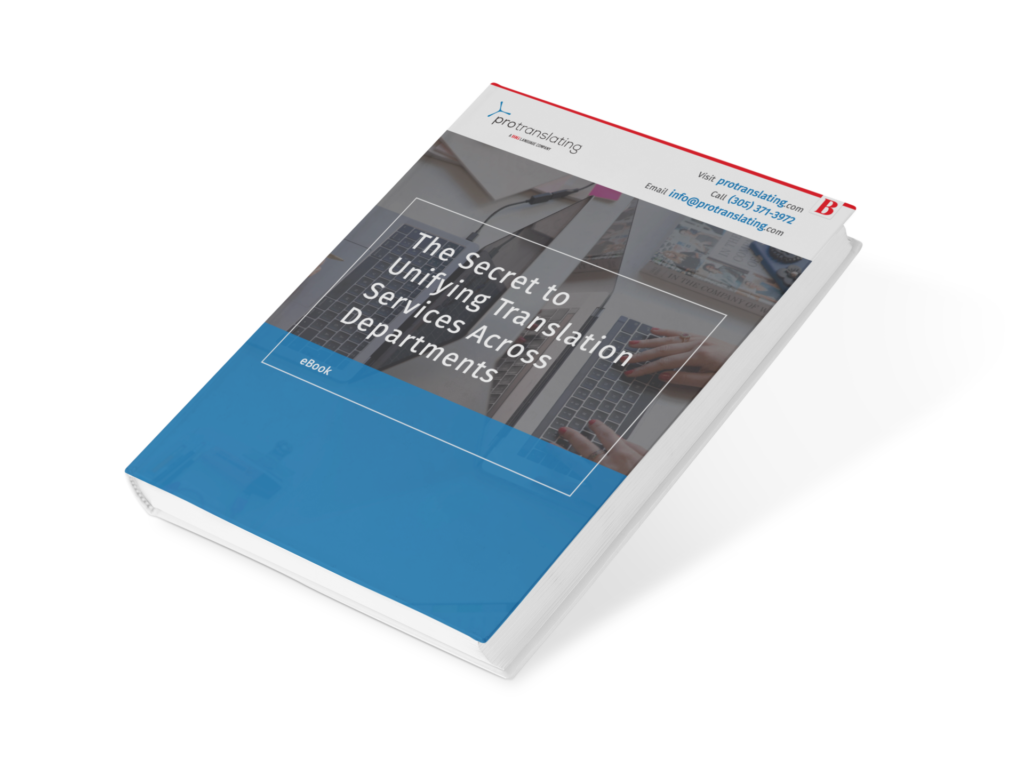Imagine struggling to understand the conversations that matter most: with your doctor, your attorney, or your child’s teacher. This is a daily reality for over 25 million Americans with Limited English Proficiency (LEP). When communication breaks down, it’s more than just frustrating—it can impact health, legal rights, education, and access to essential services. The stakes are high, but the solution is clear: language access for everyone who needs it.
In this post, we’ll explore how to leverage language access services, like translation and interpretation, to drive better patient care, improved outcomes, and customer satisfaction in the services you provide.
What is Language Access?
Language access involves providing professional translation for written materials and interpretation for verbal communication to help non-native speakers of English fully understand and engage with the services they rely on—whether it’s healthcare, legal support, education, or government assistance. By offering clear, accurate, and culturally appropriate communication, organizations provide fair and effective services to all, regardless of the language they speak, and outcomes improve substantially.
Where Language Access Really Matters
Language access plays a critical role in industries where communication directly impacts people’s lives and well-being.
- In healthcare, it improves patient outcomes by enabling a clear understanding of treatment and care plans and prevents dangerous medical mistakes due to miscommunication.
- In government services, it helps individuals navigate public benefits and immigration processes.
- In education, it keeps families engaged and supports student success.
- In the legal field, misunderstanding court proceedings or legal documents because of a lack of proficiency in the language could mean losing a case or facing injustice. Language access removes these barriers to ensure fairness.
- In financial services, it prevents costly mistakes and builds trust.
In every case, language access allows individuals to make informed decisions, resulting in better outcomes and higher satisfaction.

The Top Benefits of Language Access
Language access is more than just translating words—it’s about creating opportunities for everyone to participate fully. When done effectively, it leads to better decisions, greater satisfaction, better outcomes, and stronger relationships. Here’s how:
Promoting Equity and Inclusion
Language access fosters fairness by leveling the playing field for individuals with limited English proficiency. It gives everyone, regardless of language, the ability to engage meaningfully with healthcare, legal services, education, and public programs. When organizations prioritize language access, they create more inclusive environments where people receive equal services and feel valued and supported.
Language access also:
- Builds trust within communities, making public services and institutions more approachable.
- Increases community engagement with services such as healthcare, education, and government programs.
- Empowers individuals by providing the information they need to make informed decisions, regardless of language barriers.
Better Outcomes for All
Language access improves outcomes across the board by providing individuals with the information they need to make informed decisions. When people fully understand critical details—whether in healthcare, legal settings, or education—they can make better decisions that protect their well-being. This reduces the likelihood of costly mistakes and makes sure that individuals receive the right services, at the right time.
For example:
- A study from Mass General Brigham showed that COVID-19 patients with limited English proficiency (LEP) were 35% more likely to face severe outcomes, like death, discharge into hospice care, or time in the ICU. Delayed care played a major role, since patients with LEP struggled to navigate the healthcare system and to understand public health information. But when hospitals introduced more interpreters and video-based interpretation, outcomes improved. Patients understood their care. Satisfaction rose. Patients were able to understand their treatment, adhere to care plans, and ultimately experienced better health results
- In another study, hospital patients with access to an interpreter at both admission and discharge had lower readmission rates than patients who had access only at one touchpoint or no interpreter access at all.
- Studies show that parental involvement in schools directly correlates to a better student-teacher relationship and improved academic performance. Schools that offer language access for families—whether it’s report cards, teacher conferences, or event announcements— see higher parent engagement, directly contributing to student success.
- Government services are a lifeline for millions of people. But without access to communication in their preferred language, many struggle to get the help they need. Providing multilingual support in public services increases program effectiveness by allowing more people who need services to get them.
Increased Satisfaction and Loyalty
When clients or customers receive information in a language they understand, it builds confidence in the services provided. This improves satisfaction and fosters a sense of trust. For example, patients who can understand their care are more likely to follow medical advice and feel confident in their healthcare providers. Likewise, clients who feel informed during legal or financial transactions are more likely to return to those services in the future.
In all sectors, clear communication leads to higher satisfaction, loyalty, and long-term relationships:
- LEP patients with access to professional interpreters experience higher satisfaction rates than those without access (77% versus 49%).
- Research from the International Customer Management Institute (ICMI) shows that 59% of consumers were more satisfied with customer service provided in their preferred language.
- According to Intercom, 70% of customers were more loyal to companies that offer preferred language support.
Meeting Compliance and Reducing Risk
Organizations that provide language access protect themselves by staying compliant with legal and regulatory requirements. In healthcare and legal sectors, offering language services helps fulfill mandates designed to safeguard non-English-speaking individuals. Thoughtful language access planning prevents costly mistakes—like misdiagnoses or legal challenges—while keeping organizations aligned with laws and regulations such as Title VI of the Civil Rights Act and Section 1557 of the Affordable Care Act.

How to Create a Language Access Plan
Organizations can provide language access in a variety of ways, including:
- Real-time interpretation, whether in-person, via phone (OPI), or through remote video (VRI), for medical visits, legal proceedings, or other essential interactions.
- Document translation for important materials like legal forms, medical instructions, or educational resources.
- Localization to adapt content for specific cultural contexts.
But effective language access doesn’t happen by chance. A well-designed language access plan makes sure that everyone gets the right support at each critical touchpoint. This includes assessing the needs of your community, training staff, and choosing the right services for each situation.
A language access plan typically contains sections covering:
- A profile of your LEP population and the languages you need
- The situations/touchpoints that require language support
- The scope of language services for your organization
- The resources and cost of those services
- The training to provide your staff on language access
- The role of the language access coordinator
- Technology to be used in your program
- Handling language access requests and finding linguistic resources
- Measuring the success of your program
With a plan in place, organizations see a powerful ripple effect: better care, improved service, and stronger outcomes.
Build Better Outcomes and Compliance with BIG Language Solutions
Clear communication is key to providing equitable, effective services. For organizations serving diverse communities, language access ensures that everyone—no matter their language—can fully engage with the services they need.
At BIG Language Solutions, we help improve outcomes and boost satisfaction with our reliable language services in two key ways:
- Translation services. Specifically, LanguageExpress™ offers rapid, accurate, high-volume document translation with a same-day turnaround available.
- Our over-the-phone interpretation services (OPI) connect you to professional interpreters in 300+ languages within seconds, providing real-time support 24/7.
- Contact us today to see how BIG can help you deliver better care, service, and support to diverse communities.







